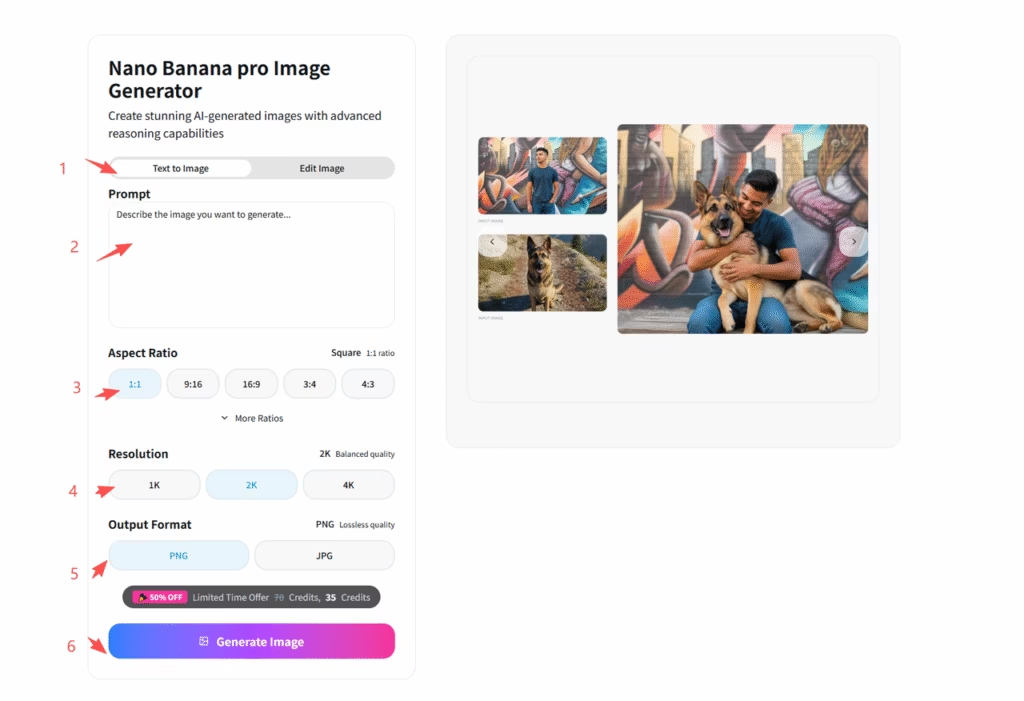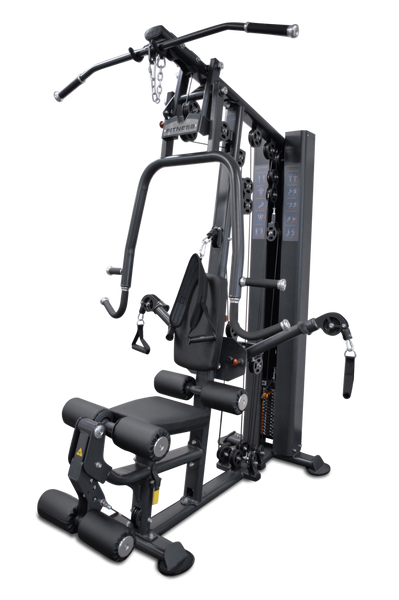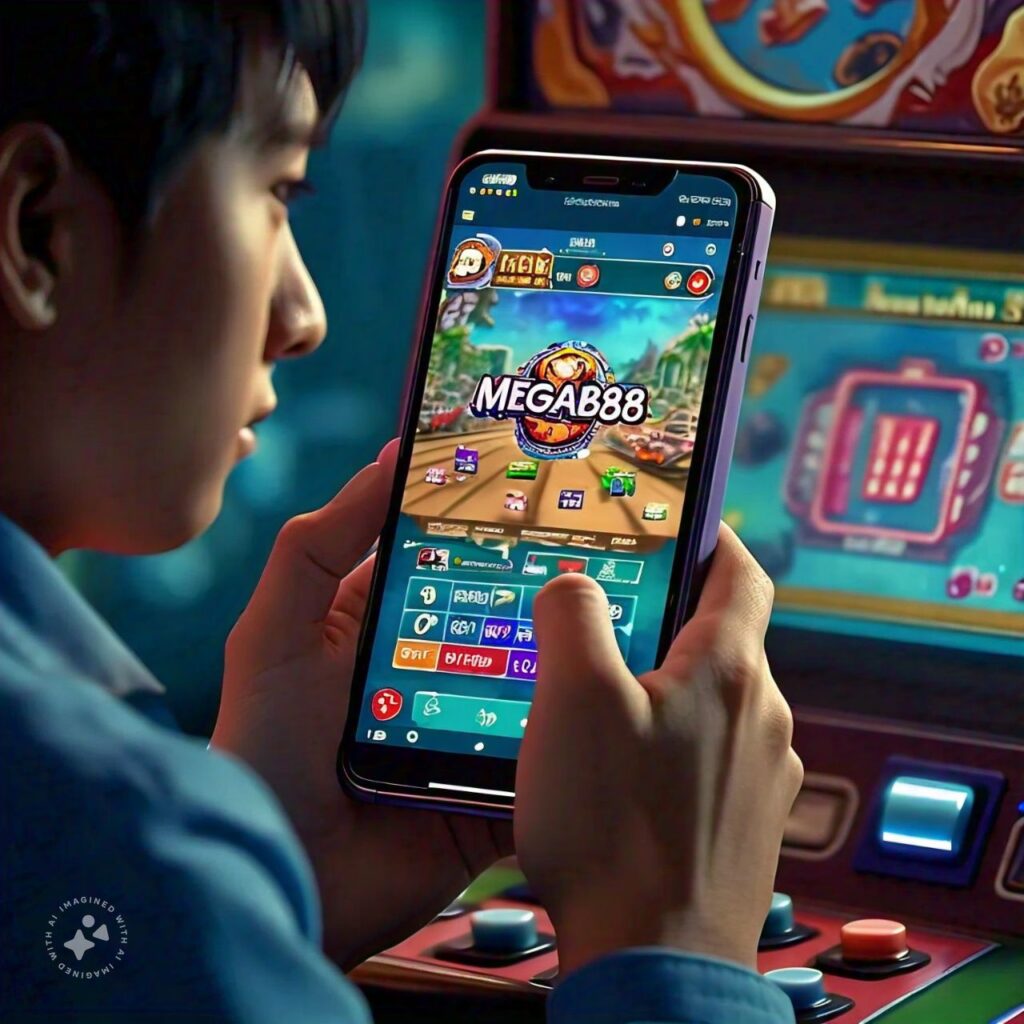Executive Summary: The Dawn of Studio-Quality AI Imagery
This report provides an in-depth analysis of Nano Banana Pro (NBP), the professional-grade image generation and editing model—also known as the Gemini 3 Pro Image model—released by Google DeepMind. NBP’s introduction marks a pivotal shift in generative AI imaging technology, moving from conceptual exploration toward high-precision, high-efficiency commercial and enterprise production workflows. NBP is not a simple iterative update but a fundamental architectural transformation designed to serve rigorous professional demands.
Strategic Positioning of Nano Banana Pro (NBP)
Nano Banana Pro is Google DeepMind’s latest-generation, state-of-the-art image generation and editing model. It is technically known as the Gemini 3 Pro Image model, succeeding the previous Nano Banana (Gemini 2.5 Flash Image). For general information about the platform, you can visit Nano Banana.
NBP’s strategic goal is to target the professional content production market. Google asserts that NBP is capable of creating or editing images with “studio-quality levels of precision and control”. This implies that NBP is designed to integrate into and potentially replace certain segments of the traditional post-production workflow, rather than merely acting as a rapid concept generation tool. Due to its exceptional performance and feature set, NBP is positioned as a powerful engine for large-scale, high-quality production used by designers, advertisers, filmmakers, and content creators.
The Three Pillars of Professional Utility
NBP’s distinct competitive advantage in the enterprise market rests on three core pillars:
First, High Fidelity and High Speed. In terms of output fidelity, NBP supports generation in 1K, 2K, and up to full 4K resolution, delivering ultra-sharp visuals suitable for professional print media and high-resolution digital displays. For instance, tests have shown outputs reaching 5632 x 3072 pixels. Regarding workflow efficiency, NBP significantly accelerates the processing of complex prompts, reducing the time from the previous model’s 12–15 seconds to under 10 seconds. This speed optimization provides a smoother, non-disruptive creative workflow for professionals seeking high iteration rates.
Second, Advanced Reasoning and Accuracy. One of NBP’s breakthrough features is its ability to connect to Google Search to pull real-time, current information, enabling the generation of data-driven visual content, such as infographics containing the latest statistics or charts visualized based on real-time weather forecasts. More importantly, NBP possesses a unique “Spatial Reasoning Engine.” When activated, this engine can execute complex, programmatic constraints, overcoming the “dimensional failure” issue encountered by previous models when handling numbers and structured data. This capability allows NBP to translate complex dimensional text data into programmatically accurate schematics, such such as architectural floor plans or precisely annotated exploded diagrams.
Finally, Unprecedented Control. NBP grants users fine-grained control over image elements, functionalities that previously required specialized photo editing software. Through natural language prompts, users can adjust key virtual camera parameters, including perspective, lighting conditions, depth of field (DoF), and color grading. This text-driven control is functionally equivalent to a powerful “AI Photoshop” tool, significantly simplifying the creation and adjustment of professional visual assets.
Key Competitive Insight: Prioritizing Functional Utility
NBP’s unique market position stems from its superior performance in text accuracy and constraint adherence, shifting the competitive focus from purely aesthetic quality to functional utility value. The model’s appeal to the commercial and professional sectors is rooted in its reliable execution of complex tasks involving accuracy, brand consistency, and data integration.
NBP’s ability to maintain character consistency, ensure legible text (including multilingual support), and precisely execute complex spatial instructions makes it an ideal choice for graphic design, advertising material creation, and technical illustration. This emphasis on core commercial functional utility provides NBP with a distinct strategic value when functionally compared against market competitors like Midjourney or DALL·E 3, especially in fields requiring high precision and trustworthy visual content.
Defining the Professional Standard: What is Nano Banana Pro?
To fully grasp NBP’s standing in professional image generation, it is essential to delve into its technical architecture and core feature differentiators.
Technical Architecture and Launch Context
Nano Banana Pro is built by Google DeepMind upon its advanced Gemini 3 Pro large language model. This foundational choice is crucial, as it allows NBP to inherit Gemini 3 Pro’s powerful advanced reasoning and deep understanding of real-world knowledge. This ensures that the generated visual content is not only aesthetically pleasing but also boasts higher accuracy and reliability in context, logic, and detail. NBP is officially named the Gemini 3 Pro Image model and was globally released around November 20, 2025.
Quantifiable Performance and Fidelity
NBP’s design is aimed at meeting the stringent demands of professional production for both quality and speed, reflected in the following key metrics:
4K-Class Resolution Output: NBP is capable of generating images in 1K, 2K, and up to full 4K resolution, providing ultra-sharp visuals suitable for print media and professional high-resolution digital applications. For example, the model can output high-fidelity images measuring 5632 x 3072 pixels, with file sizes around 24 MB. This level of fidelity provides professional designers and content platforms with the pixel density required to produce high-quality final assets.
Workflow Speed Optimization: Efficiency is paramount in professional workflows. NBP demonstrates a significant speed increase when processing complex prompts, reducing the time from the previous Nano Banana’s 12–15 seconds to less than 10 seconds. This faster processing speed enables creative professionals to engage in smoother, less interrupted iterative design and modification, dramatically boosting production efficiency.
The Reasoning Advantage of Gemini 3 Pro
NBP’s uniqueness lies in its powerful multimodal reasoning capability, enabling it to execute complex logical and structured tasks beyond simple image generation.
“Thinking” Mode and Compositional Coherence: NBP utilizes an advanced “Thinking” mode, a multi-step, behind-the-scenes reasoning process. Before creating the final image, it generates temporary “thought images” to optimize composition and refine complex concepts. This pre-processing mechanism ensures the final output is structurally more coherent and thematically clearer.
Spatial Reasoning Engine and Logic Gates (Core Technical Advantage): NBP activates a dedicated “Spatial Reasoning Engine” to address complex constraints. Previously, generative models often suffered “dimensional failure” when required to adhere to precise numeric dimensions. NBP’s logic gates can simultaneously enforce multiple programmatic constraints, resulting in accurate visualizations. For example, it can translate complex text-based dimensional data into programmatically accurate diagrams, such such as precise geometric shapes used in architectural design and schematic development, or render logically consistent complex Heads-Up Displays (HUDs) containing specific statistical metrics (like accuracy, kills). This capability is the fundamental commercial advantage of NBP in high-precision and engineering-dependent industries.
Consistency, Continuity, and Composite Imaging Capability
For professional projects requiring visual continuity across multiple shots or assets (e.g., storyboards, advertising series), NBP offers exceptional consistency control.
Enhanced Scene Coherence: NBP further enhances coherence in cross-image and scene editing. It can preserve the identity, lighting, geometry, and character features of subjects across sequences (such as film frames or comic panels). For instance, even when changing the aspect ratio to reduce the background, the character can be “exactly locked in its current position”.
Multi-Image Composition and Brand Consistency: NBP allows users to seamlessly blend up to 14 input images (including a maximum of 6 object images and 5 human images) into a single composite output. This capability is crucial for maintaining brand consistency, such as unifying a character’s appearance across different products or scenes, or integrating multiple inputs (e.g., style guides, logos, character sheets) into new creative assets, to achieve a professional look and feel.
Table 1: Key Differences Between Nano Banana and Nano Banana Pro
| Feature Metric | Nano Banana (Standard) | Nano Banana Pro (Gemini 3 Pro Image) |
| Underlying Model | Gemini 2.5 Flash Image | Gemini 3 Pro Image |
| Max Output Resolution | Standard HD/2K | Up to 4K (e.g., 5632 x 3072 pixels) |
| Complex Prompt Processing Speed | 12–15 seconds | Under 10 seconds |
| Text Rendering Reliability | Medium; prone to spelling/layout errors | High; reliable, legible, supports multilingual text |
| Multi-Image Context Window | Limited | Up to 14 input images for blending/style reference |
| Consistency (Character/Scene) | Strong | Enhanced (preserves geometry, lighting, and identity across sequences) |
| Spatial Reasoning Engine | Missing/Weak (Prone to “Dimensional Failure”) | Present (enforces numerical and programmatic constraints) |
Core Technical Capabilities and Market Advantages
NBP’s core functionalities directly translate into market advantages, giving it unparalleled competitiveness in the professional content creation field.
Mastery of Text and Typography
Text is central to commercial and educational content, and NBP’s breakthrough in this area is a significant market differentiator.
Clear, Legible Multilingual Text: NBP handles text with greater reliability than previous versions, whether it’s headlines or longer paragraphs. The model can render text in multiple languages and styles while maintaining better accuracy in spelling and layout. This feature enables the direct use of generated posters, flyers, or diagrams with detailed annotations for professional purposes, solving a major challenge in generative AI imaging.
Font and Calligraphy Control: Professional users can specify particular fonts, request different calligraphy styles, and seamlessly integrate text into scenes. NBP’s typographical quality is deemed professional, with generated text content being concise, impactful, and usable as a final product.
Real-Time Data Grounding Capability
NBP’s breakthrough feature is its ability to leverage Google Search to access real-time information, enabling the generation of data-driven visual content.
Real-Time Information Integration: This capability allows NBP to create visualizations based on current data, such as infographics containing the latest weather data or recipe cards with specific instructions [, S
How to Use Nano Banana Pro: A Step-by-Step Guide
Nano Banana Pro (NBP) can be accessed via several platforms, including the Gemini application, integrated services like Adobe’s Creative Cloud, or third-party interfaces. The workflow is primarily divided into two functional modes: Text to Image generation and Edit Image modification.
The Basic Generation Workflow
Based on typical interface design, the generation process involves a series of clear steps and parameter selections:
- Select Mode: Users begin by choosing either the “Text to Image” mode for creating new visuals from scratch or the “Edit Image” mode for applying modifications to an existing uploaded image.
- Craft the Prompt: The central component is the detailed text prompt. To achieve state-of-the-art results, users are advised to be descriptive and structured, integrating components such as the, the [Action], the [Location/Context], details on [Composition/Camera Angle], [Lighting/Atmosphere],, and any. NBP handles text integration robustly, allowing for specific requests regarding font, style, and placement (e.g., “The headline ‘URBAN EXPLORER’ rendered in bold, white, sans-serif font”).
- Set Aspect Ratio: The interface allows for selecting a specific canvas dimension, such as 1:1 (Square), 9:16 (Vertical), 16:9 (Cinematic Wide), 3:4, or 4:3. This control is essential for ensuring the visual fits the intended platform (e.g., a cinematic 21:9 wide shot).
- Choose Resolution: Users select the output quality, with options including 1K, 2K (Balanced quality), and 4K resolution, catering to professional requirements for print or high-resolution displays. The 4K option often delivers images up to 5632 x 3072 pixels.
- Select Output Format: The final file format can be selected, commonly including PNG (Lossless quality) or JPG.
- Generate: Upon clicking “Generate Image,” the model processes the complex instructions and produces the image in under 10 seconds, a significant speed enhancement for professional iterative work.
Advanced Prompting for Professional Control
NBP’s “studio-quality control” is activated through specialized text prompts, enabling users to direct the image with precision:
- Cinematic Control: Users can direct the output like a cinematographer, requesting specific camera settings (e.g., “A low-angle shot with a shallow depth of field (f/1.8)”) and lighting conditions (e.g., “Golden hour backlighting creating long shadows”).
- Editing and Refinement: When in “Edit Image” mode, direct instructions can be used for localized edits (e.g., “change the man’s tie to green, remove the car in the background”). The model can also be used to convert sketches into detailed renderings or apply consistent styling across different mockups.
- Consistency and Blending: For complex projects, users can upload multiple reference images (up to 14, depending on the interface) to guide style, character identity, or pose, using clear instructions such as “Use Image A for the character’s pose, Image B for the art style”.
Try Nano Banana Pro now!





